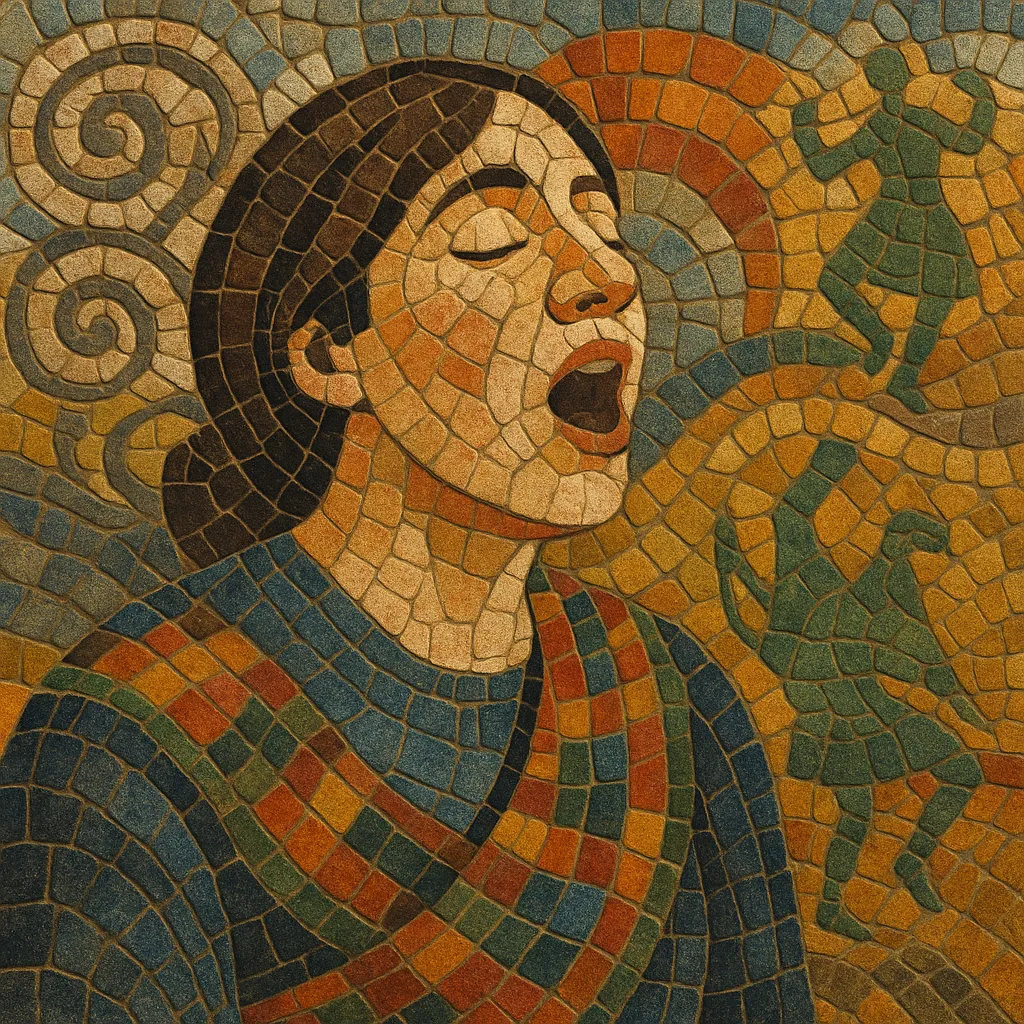Puirt à beul (Scottish Gaelic for "tunes from the mouth") is a vocal dance-music tradition in which the singer carries the function of fiddle or pipes using rapid-fire syllables and short, catchy melodies. Instead of full lyrical narratives, performers often use vocables (nonsense syllables) that emphasize rhythm, articulation, and dance feel.
Typically delivered at bright tempos, puirt à beul mirrors the rhythmic profiles of Scottish social dances—reels (4/4), jigs (6/8), and strathspeys (with their distinctive "Scotch snap"). Pieces are commonly sung in sets to keep dancers moving, and they can be performed a cappella or with light accompaniment. The style flourished in Gaelic-speaking communities of the Highlands and Islands and remains a living tradition, also carried to the diaspora (notably Cape Breton, Nova Scotia).
Puirt à beul emerged in Gaelic-speaking Scotland as a practical and communal way to provide music for dancing when instruments were unavailable or prohibited. By the 18th and 19th centuries, it was well established across the Highlands and Islands, where singers developed agile, percussive diction to replicate fiddle and pipe rhythms. The repertoire often comprised quick, sectional tunes delivered in sets, enabling continuous dancing at social gatherings.
The genre’s defining feature is its use of vocables—nonsense syllables optimized for rhythm and articulation—though short Gaelic texts also appear. Its rhythmic vocabulary mirrors Scottish dance forms: reels emphasize driving even beats, jigs swing in compound meter, and strathspeys feature accented snaps and dotted figures. Puirt à beul was central to ceilidh culture, with singers leading dancers and the community answering with claps, steps, or refrains.
Scottish emigration carried puirt à beul to Gaelic communities in Atlantic Canada, most famously Cape Breton, where it intermingled with local fiddling and step-dance traditions. In the 20th-century folk revival, field recordings and stage performances helped recontextualize puirt à beul from kitchens and barns to concerts and studios. The late 20th and early 21st centuries saw renewed interest and creative fusion—artists and bands blended traditional puirt à beul with modern instrumentation, arrangement, and production while preserving its dance-centered core.
Today, puirt à beul appears both in traditional ceilidh settings and on contemporary folk stages. Singers may perform solo and unaccompanied, or collaborate with fiddles, pipes, guitar, or percussion to reinforce dance pulse. The style’s portability, communal energy, and rhythmic clarity continue to make it a bridge between song and dance, heritage and innovation.


